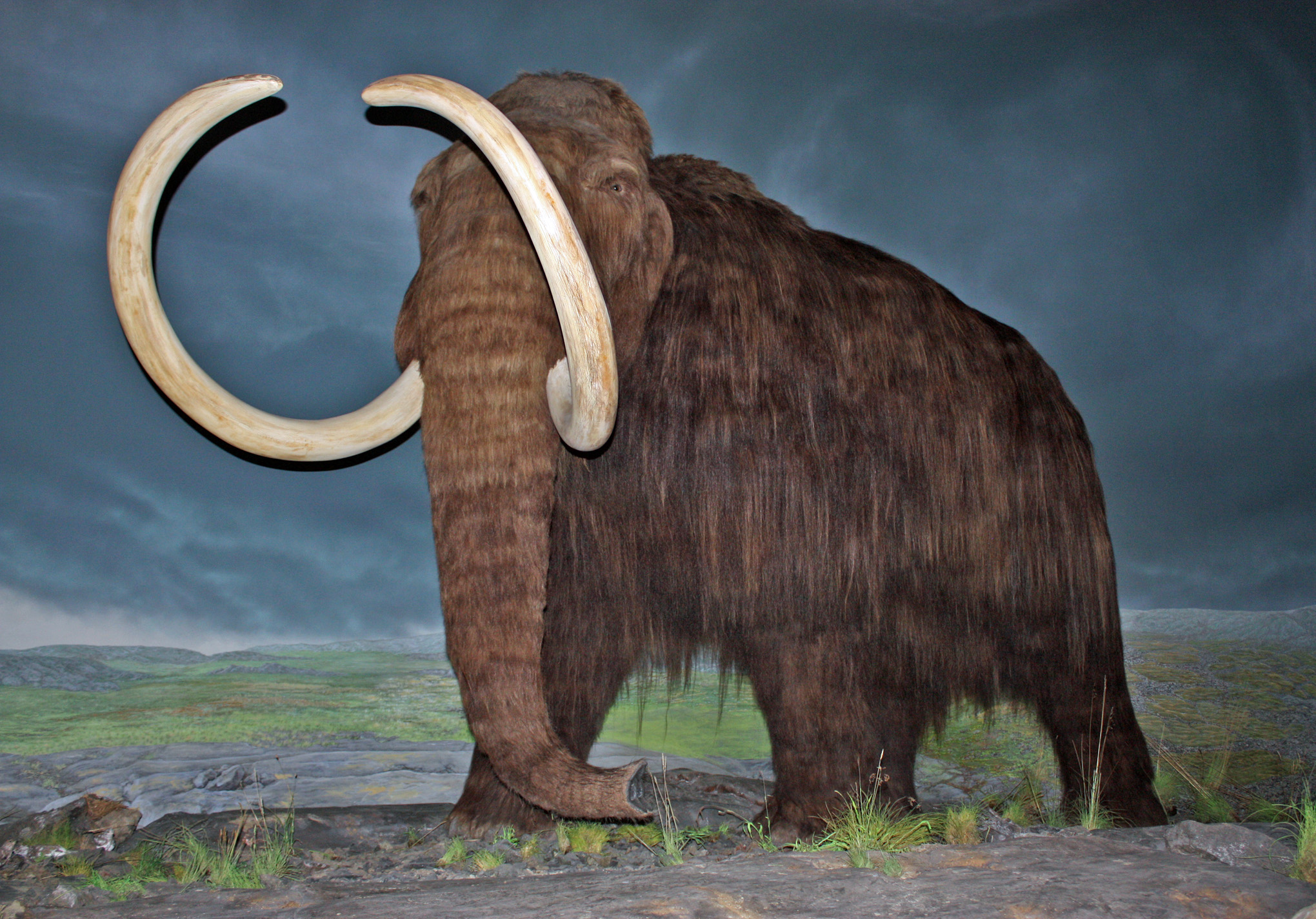De-Extinction Conference
 Last month, I participated in a conference on the topic of de-extinction — efforts to resurrect all or part of the genome of extinct animals. The goal would be to have something very much akin to the wooly mammoth or the passenger pigeon, perhaps released into the wild. (And no, this isn’t going to work with dinosaurs — no usable DNA, so no chance of Jurassic Park.) This concept gives rise to fascinating issues ranging from molecular biology to philosophy. There are enough people making the effort that it may well happen, maybe with the passenger pigeon for starters.
Last month, I participated in a conference on the topic of de-extinction — efforts to resurrect all or part of the genome of extinct animals. The goal would be to have something very much akin to the wooly mammoth or the passenger pigeon, perhaps released into the wild. (And no, this isn’t going to work with dinosaurs — no usable DNA, so no chance of Jurassic Park.) This concept gives rise to fascinating issues ranging from molecular biology to philosophy. There are enough people making the effort that it may well happen, maybe with the passenger pigeon for starters.
Among other issues, there are questions about whether the new critters would be covered by the Endangered Species, prohibitions on non-native species, or regulations of genetically modified organisms. Would their creators face tort liability for any resulting harm to the ecology, domestic animals, or humans? The conference video has now been posted on-line here, if you’re interested in delving into the discussion.
Reader Comments
3 Replies to “De-Extinction Conference”
Comments are closed.







I feel that there is value in bringing back species from extinction by man using this technology. However species that have naturally gone into extinction in the distant past should be left alone. There was a reason for the wooly mammoth most likely became extinct due to the warming of the earth and will not do well in our increasingly warmer global warming. The same reasoning can be used for other species that naturally (not due to the intervention of man) went extinct in the distant past. There may be unintended consequences of de-extincting such ancient species to the current ecology. There is less danger of unintended consequences of very recently extinct species due to the hand of man. We should also make sure that these de-extincted species are returned to their natural habitat or confined to reserves. Foreign invasive species can also be problematic.
Reblogged this on Rashid's Blog.